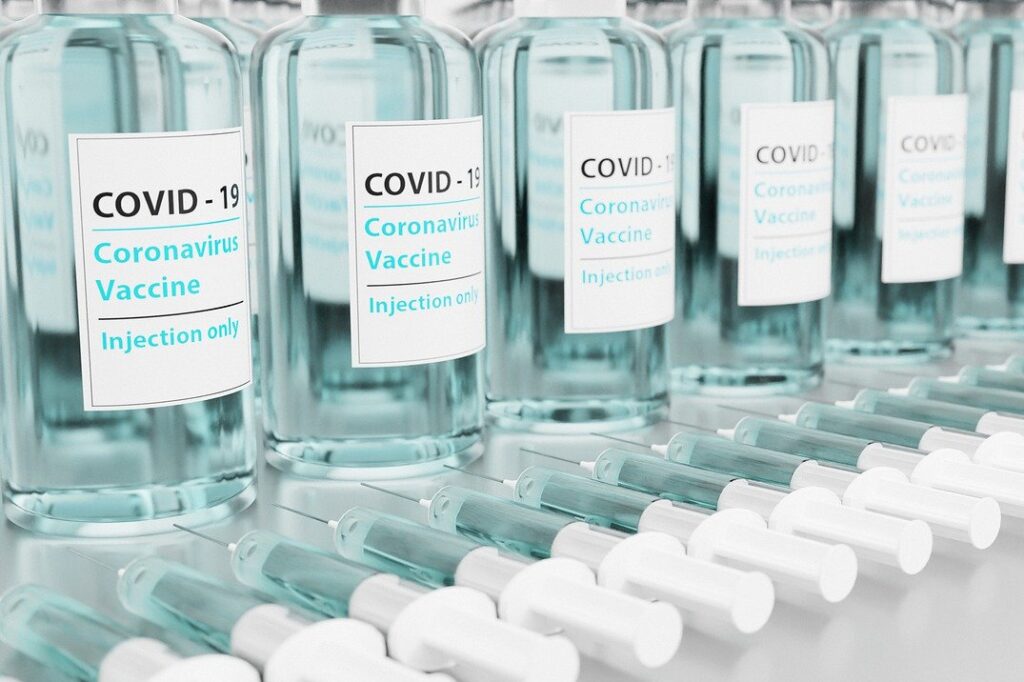COVID-19 has affected nearly every aspect of American life, including access to health insurance coverage, which is critical during a pandemic. Job losses and reductions in hours have resulted in millions losing employer coverage or the income needed to pay premiums, forcing them to join the already sizeable ranks of the uninsured. State marketplaces have stepped in to make sure previously uninsured individuals and those losing coverage have a source of coverage.
Limited Options in Lieu of Employer Coverage
Limited safeguards exist for individuals who lose their employer-sponsored health insurance (ESI), including coverage through the Consolidated Omnibus Budget Reconciliation Act (COBRA), which allows individuals to retain their ESI for up to 18 months. However, the individual must pay the full cost of the premium (including any portion that the employer typically subsidizes), plus a marginal (2 percent) administrative fee to retain this coverage. With average ESI premiums ranging from $498 to $703 per month, this is a costly option for most individuals — especially those with uncertain future incomes. COBRA does not require small businesses with fewer than 20 employees to offer this option, and these businesses have been among the hardest hit by the current economic crisis. Also notable, if a business closes and terminates its group health plan, former employees no longer have the option to pay for their own coverage as part of that plan, as it no longer exists.
Many Americans whose incomes fall below 138 percent of the federal poverty level (FPL) –earning $17,609 per year for an individual – may qualify for Medicaid in the 35 states that have expanded eligibility for coverage up to this income limit. Individuals who lose their ESI, yet whose income is too high for Medicaid, may qualify for a special enrollment period (SEP) to purchase subsidized coverage available through the health insurance marketplaces.
Before the pandemic:
- Nearly 50 percent of Americans accessed coverage through their employer;
- About 35 percent were covered by a public program (Medicare or Medicaid);
- Six percent purchased coverage on their own through individual markets; and
- Nine percent of individuals were uninsured.
Source: Health Insurance Coverage of the Total Population, 2018, Kaiser Family Foundation.
Marketplace subsidies are available to individuals earning between 100 to 400 percent of FPL ($12,760 to $51,040 per year). In addition, states have taken swift action to ensure individuals can access and retain coverage — from prohibiting terminations of coverage triggered when an individual or business cannot pay their premiums to opening up SEPs targeted specifically for uninsured individuals to help them purchase coverage through the health insurance marketplaces in response to the pandemic.
Marketplace Enrollments Spike, Continued Increases Expected
As previously detailed in this June 1, 2020 NASHP blog, states are already reporting enrollment spikes in their Medicaid programs. Similar to Medicaid trends, states that operate their own health insurance marketplaces are also reporting a rise in enrollments, with over 240,000 SEP enrollments since early March (see table below for details). Of these new enrollments, more than 50,000 have signed up during the SEPS, which opened specifically so that uninsured individuals could enroll in coverage in response to the pandemic. These figures are proving to be significantly higher when compared with enrollments in 2019, for example:
- Maryland reports its SEP enrollments are 42 percent higher than 2019; and
- Washington State’s SEP enrollment has more than doubled over last year’s.
These figures are expected to grow as lingering economic impacts and the expiration of temporary policies to limit coverage losses (e.g., extended premium payment grace periods) leave more individuals uninsured.
Enrollments during State-Based Marketplaces’ COVID-19-Related SEPs*
updated as of 7/2/2020
| State | COVID-19 SEP Enrollment | COVID-19 SEP Period |
| California | 175,030 | March 3 to July 31 |
| Colorado | 14,263 | March 20 to April 30 |
| Connecticut | 5,629 | March 19 to April 17 |
| DC | 3,172 | March 18 to Sept. 15 |
| Maryland | 23,731 | March 16 to July 15 |
| Massachusetts | 40,044 | March 11 to July 23 |
| Minnesota | 9,482 | March 23 to April 21 |
| Nevada | 6,017 | March 17 to May 15 |
| Rhode Island | 4,229 | March 14 to April 30 |
| Vermont | 1,545 | March 20 to August 14 |
| Washington | 22,000 | March 10 to May 8 |
As individuals continue to experience the economic fallout from COVID-19, states will continue to act and invest in resources necessary to provide coverage and related services to their residents. For many, this includes investment in strategies to encourage insurance coverage, including outreach conducted through Medicaid, employment agencies, and state-based marketplaces. However, many questions remain as states navigate this new coverage environment.
Will formerly uninsured individuals retain their newly purchased coverage? How will the shifting dynamics of both individual and group insurance markets impact coverage costs? Will consumers prefer to keep coverage purchased through the individual market, even as employer coverage become more available? The National Academy for State Health Policy will monitor emerging enrollment trends and share answers to these questions as changes continue to unfold.
*Data was not available at the time of publishing from state-based marketplaces in Idaho or New York. Idaho did not open a COVID-19 SEP; but enrollment is open year-round for the state’s highly regulated short-term insurance plans sold outside of the state’s marketplace.
Unless noted, data comes from state-based marketplace reports covering enrollments during the period of the COVID SEP.




